04 March, 2025 - 04:30 PM
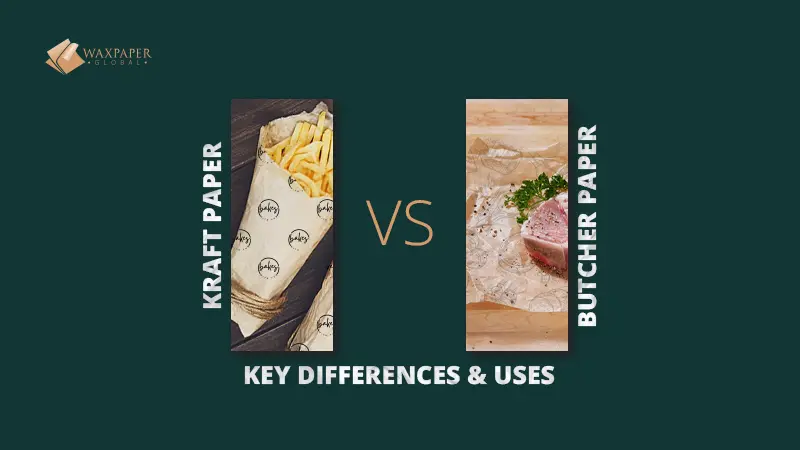
Kraft paper and butcher paper are both durable food packaging options, but they serve different purposes. Kraft paper is made from softwood pulp. It is strong, tear-resistant, and commonly used for wrapping sandwiches, baked goods, and takeout packaging.
Butcher paper undergoes additional refining to enhance its strength and moisture resistance. It is the go-to choice for wrapping fresh meats, BBQ smoking, and deli packaging. Unlike standard kraft paper, it is designed for direct food contact and grease resistance.
Kraft paper and butcher paper are widely used in food packaging, but they are not interchangeable. While both these types of paper offer durability and versatility, their composition, strength, and resistance to moisture and grease vary significantly.
It is important to understand these differences if you want to choose the right paper for wrapping, storing, or displaying food. This guide compares kraft paper and butcher paper in detail to help you determine the best fit for your business.
Custom Kraft paper is a strong and durable paper made from softwood pulp using the kraft process. This process removes lignin and preserves long cellulose fibers. This process produces a tear-resistant material available in both natural brown (unbleached) and white (bleached) varieties.
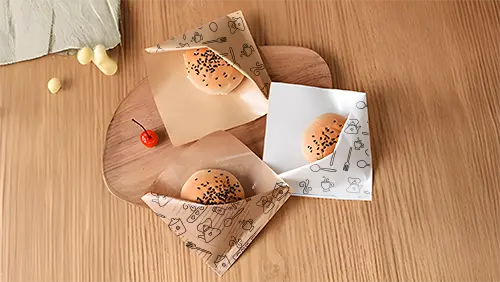
Butcher paper is a durable and food-safe paper designed for wrapping and preserving fresh meats. It is made from kraft pulp and undergoes a special refining process called bleaching (for white butcher paper) or sizing and treatment (for pink and peach variants). This process removes impurities to enhance its strength, breathability, and moisture resistance.
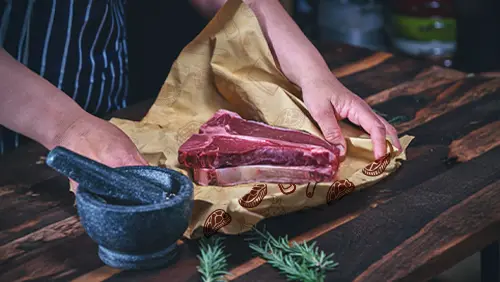
There is a common misconception found in most people that the primary difference between kraft paper and butcher paper is color. You might also think that Kraft paper is brown and butcher paper is white. This is not true.
Kraft paper comes in a range of colors, including white and even custom tones, although brown is the most frequent color. Similarly, butcher paper is commonly white but it is also available in other variants such as pink or peach. Some of the major differences are discussed below:
Peach-treated and waxed butcher paper provides extra durability and leak protection. It is a reliable option for handling greasy or high-moisture foods, making the extra cost worth it.

Selecting between kraft paper and butcher depends on your specific food packaging needs. Consider the type of food you are packaging, whether moisture resistance is required, and if branding is a priority.
Kraft paper is widely used in the food industry for various packaging applications, including:
Butcher paper is a specialized food-safe paper designed for handling fresh meats, smoked foods, and other moisture-heavy items.
Looking for high-quality kraft or butcher paper for your food business? Contact us to explore durable, food-safe, and customizable paper solutions tailored to your needs.
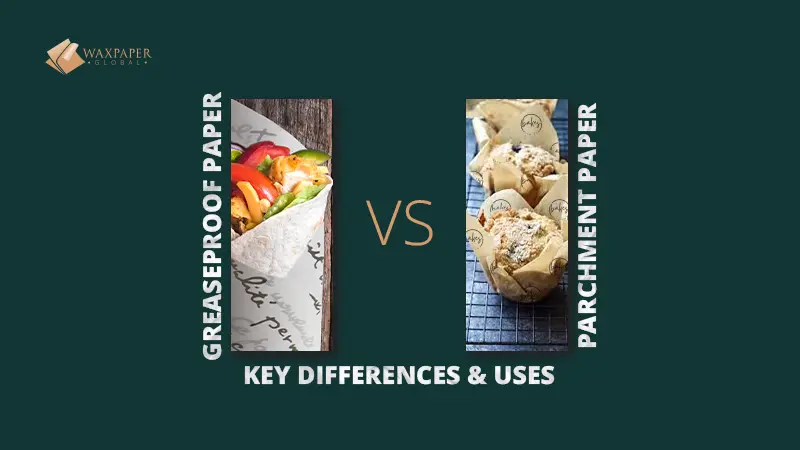
Greaseproof vs. Parchment Pa...
Parchment paper and greaseproof paper are interchangeable, but this is not true. Let's analyze the details and determine...
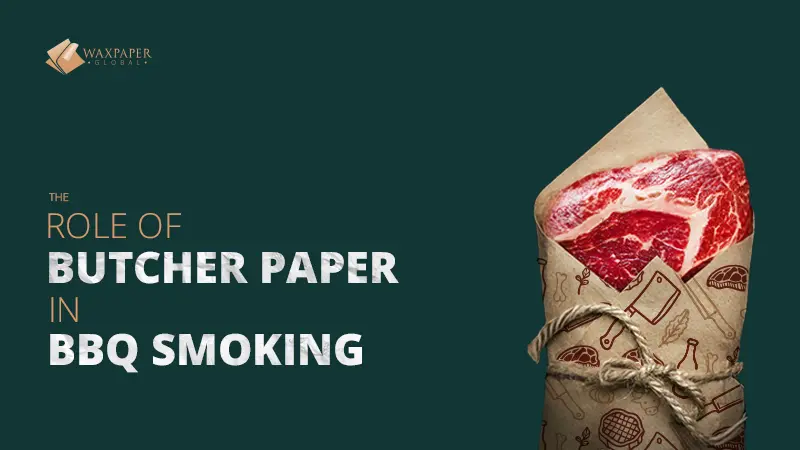
The Role of Butcher Paper in...
Butcher paper has gained popularity as a staple in Texas-style barbecue for its ability to allow smoke absorption while...
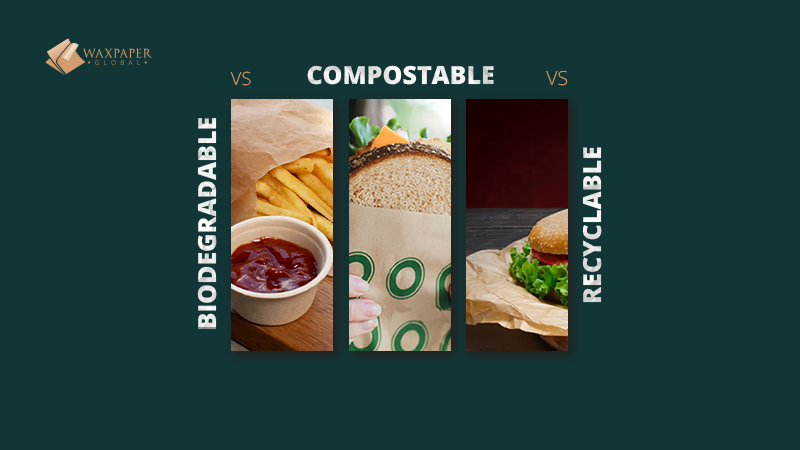
Biodegradable vs Compostable...
This guide will break down the differences between biodegradable, compostable, and recyclable custom food paper
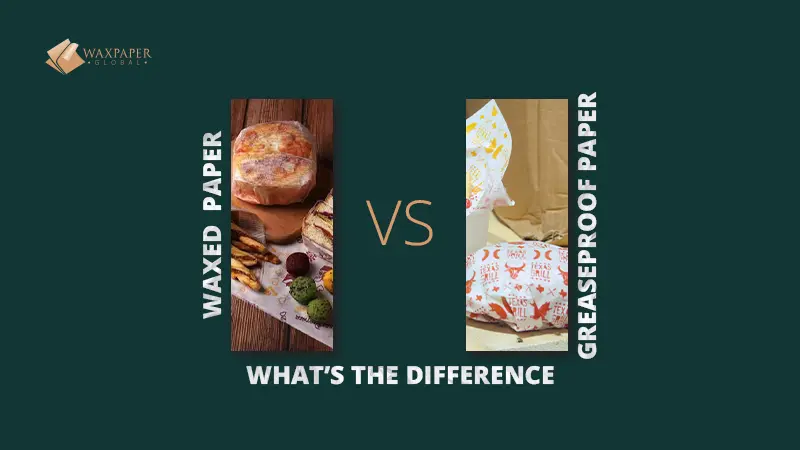
Greaseproof Paper vs. Wax Pa...
Explore the distinct characteristics of both of these types of papers and discover what suits your business.